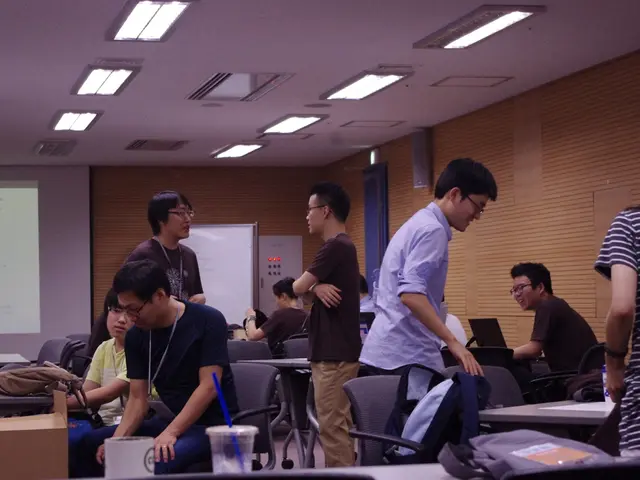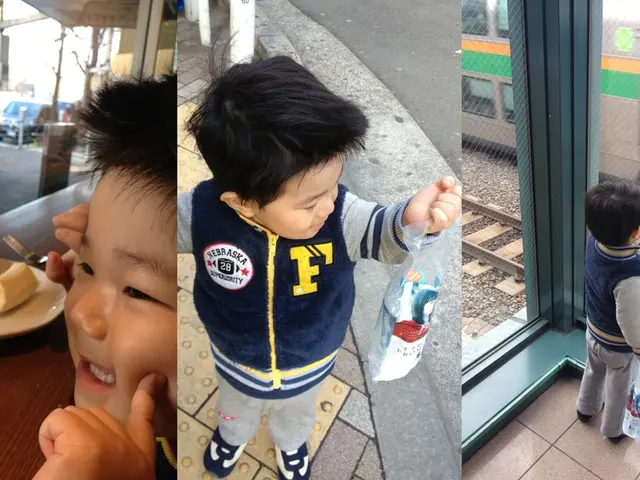Almaty locals adhere to mask usage
Fresh Take:
It turns out that over half of all COVID-19 cases in Almaty can be traced back to hops on public transportation. Yet, the casual disregard for this chilling statistic is rampant among citizens and visitors on city buses. It's like they're playing Russian Roulette with their lives, oblivious to the potential danger they pose to themselves and their loved ones.
The team at Almaty.tv decided to pay a visit to the heart of the problem, armed with cameras rolling.
Public transit- the lifeblood of the city for most residents- reveals a lackadaisical approach towards masks upon entry.
We asked a passerby for a quick favor with the camera, only to be met with confusion. With no mask in sight, we inquired about the protocol for wearing one in public spaces. His response- "Yeah, I know I should wear a mask,"- mere words that underscore the disconnect between awareness and action.
After scanning a handful of buses, we found that many passengers view mask-wearing as an optional accessory, with fines or the risk of infection weighing little on their minds.
According to the latest data, a staggering 53% of all COVID-19 cases can be traced back to public transport. The culprit is the high passenger density and the laissez-faire attitude towards masks among some travelers.
We then ventured to one of the city's largest shopping malls, a popular haven during the cold weather. Despite all necessary health measures in place, visitors often failed to follow mask-wearing recommendations.
"Visitors often refuse to wear masks or remove them because they're tired or claim they have allergies," said Sergey Kim, head of the shopping mall's marketing department. "In extreme cases, we kindly ask them to vacate the premises."
Larger companies in the city have adopted stricter mask-wearing policies. Employees working at production facilities are on remote duty due to current restrictions, and office staff is following suit.
"Our company is a production facility, so we've kept our production staff remote. Our office staff has also switched to working from home," said Maria Gorkova, the PR manager of the company.
Monitoring groups have checked around 300 small and medium-sized businesses in the city over the past month.
"Dias Mahambetov, Sagin Gaiytpaev, "Almaty" TV channel"
Insights:
- Compliance Fatigue: As mask-wearing guidelines have been in place for an extended period, some individuals may feel weary and less motivated to follow the rules diligently.
- Lack of Enforcement: Strict enforcement and penalties for non-compliance are essential to maintain adherence to mask-wearing regulations. Without it, individuals may view ignoring the rules as an acceptable behavior.
- Perceived Risk: Some people may perceive the risk of COVID-19 as low, leading to a reduction in compliance with mask-wearing rules.
- Social Norms: If mask-wearing is not fostered as a social norm, individuals may be less likely to follow the rules. Influential figures play a critical role in shaping social norms.
- Economic and Social Factors: Economic pressures and social factors such as population density, access to healthcare, and socioeconomic status can influence an individual's decision to follow mask-wearing rules.
- Mixed Messages or Lack of Clear Communication: Clear and consistent communication from health authorities is essential to maintain adherence to health guidelines.
- Vaccination Rates: The perception of vaccination effectiveness and the local vaccination rate can influence mask-wearing behavior. However, even if many people are vaccinated, it does not eliminate the risk of transmission.
- In the heart of the city, science and health-and-wellness intersect as mask-wearing, a crucial measure to combat COVID-19, is often disregarded on public transportation and in shopping malls, indicating a need for increased mental health awareness and personal responsibility.
- As fitness-and-exercise routines resume, mental health remains a critical aspect of overall wellness, with the current pandemic highlighting the importance of understanding and addressing the disconnect between awareness and action concerning health and safety guidelines.








